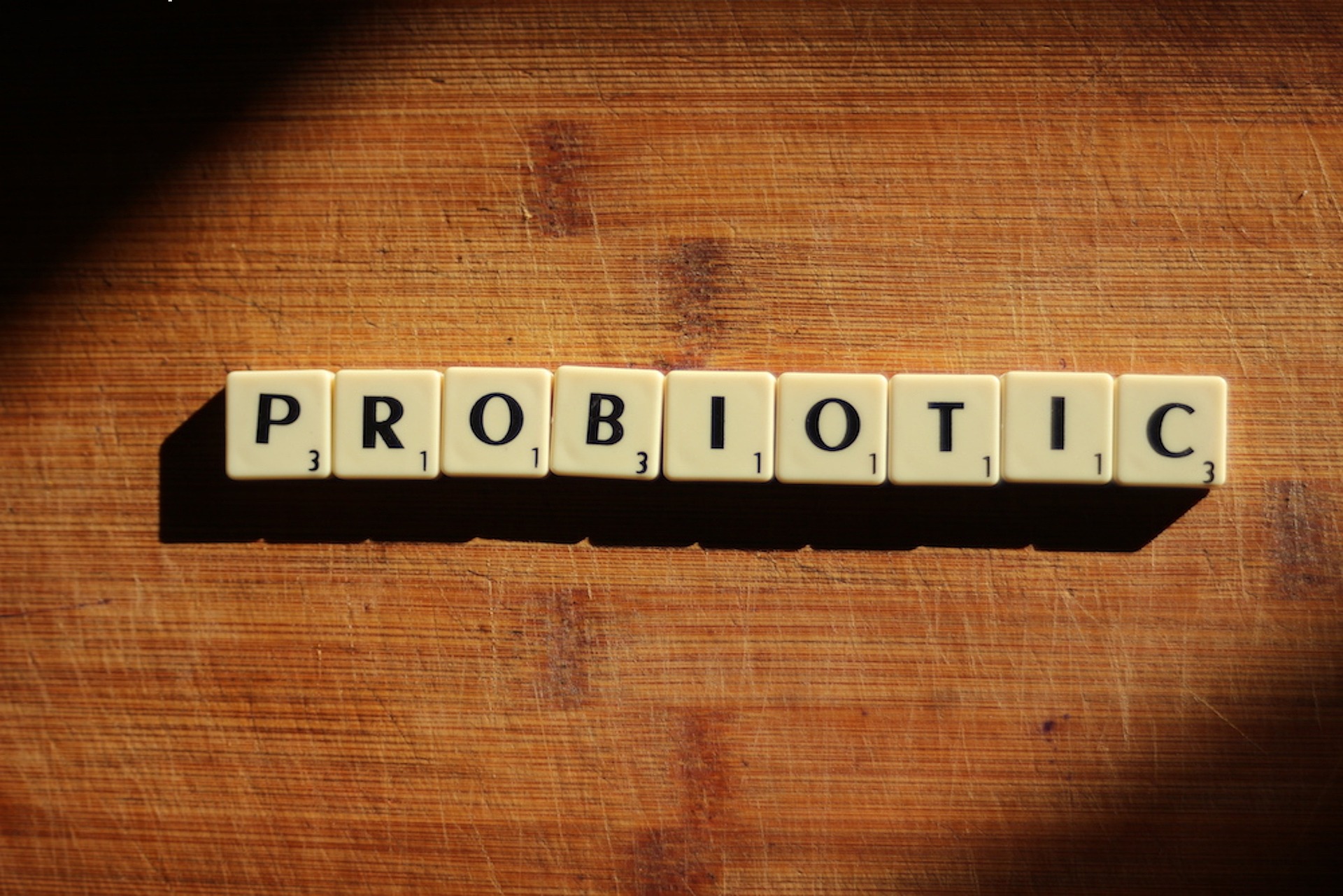Neuroplastic Nutrition: Feeding Your Brain for Cognitive Resilience
Can the foods we eat actually reshape our brains? This groundbreaking approach to nutrition goes beyond traditional diet advice, exploring how specific nutrients and eating patterns can harness the brain's remarkable ability to adapt and grow. Welcome to the world of neuroplastic nutrition – where your plate becomes a powerful tool for cognitive enhancement and long-term brain health.

Historically, the link between nutrition and brain function has been recognized for centuries. Ancient Greek physicians prescribed specific diets for mental ailments, while traditional Chinese medicine has long emphasized the connection between food and cognitive health. However, it wasn’t until the late 20th century that scientists began to unravel the intricate mechanisms by which nutrition influences brain plasticity at a cellular level.
Key Nutrients for Neuroplasticity
Recent studies have identified several nutrients that play crucial roles in supporting neuroplasticity:
Omega-3 fatty acids: These essential fats, particularly DHA and EPA, are vital components of neuronal membranes and have been shown to enhance synaptic plasticity and cognitive function.
Flavonoids: Found in colorful fruits and vegetables, these compounds have neuroprotective properties and may stimulate the growth of new neurons in the hippocampus, a region critical for learning and memory.
Choline: This essential nutrient is a precursor to acetylcholine, a neurotransmitter involved in memory and cognitive flexibility. Adequate choline intake has been linked to improved neuroplasticity and cognitive performance.
Magnesium: This mineral regulates NMDA receptors, which are crucial for synaptic plasticity. Magnesium deficiency has been associated with impaired neuroplasticity and cognitive decline.
B vitamins: Particularly B12, folate, and B6, these vitamins play essential roles in neurotransmitter synthesis and myelin formation, supporting overall brain health and plasticity.
The Neuroplastic Diet: Principles and Practices
A neuroplastic diet isn’t about restrictive eating or following a rigid meal plan. Instead, it focuses on incorporating brain-boosting foods and adopting eating patterns that support cognitive flexibility and resilience. Here are some key principles:
-
Embrace nutrient density: Prioritize whole foods rich in the nutrients mentioned above, such as fatty fish, leafy greens, berries, nuts, and seeds.
-
Practice mindful eating: Engage all your senses while eating, paying attention to flavors, textures, and aromas. This practice can enhance the neural connections associated with eating experiences.
-
Explore new flavors: Regularly trying new foods and cuisines can stimulate neuroplasticity by creating novel sensory experiences for your brain.
-
Time your meals: Align your eating schedule with your circadian rhythms to optimize nutrient absorption and support brain health.
-
Include fermented foods: Emerging research suggests that the gut-brain axis plays a role in neuroplasticity, making probiotic-rich foods potentially beneficial for cognitive function.
Challenges and Considerations
While the concept of neuroplastic nutrition is promising, it’s important to approach it with a balanced perspective. Some challenges include:
Individualization: The optimal neuroplastic diet may vary from person to person based on genetic factors, lifestyle, and existing health conditions.
Long-term commitment: Neuroplasticity is an ongoing process, and dietary changes may take time to show noticeable effects on cognitive function.
Potential interactions: Some brain-boosting nutrients may interact with medications or have contraindications for certain health conditions, necessitating professional guidance.
The Future of Neuroplastic Nutrition
As research in this field continues to evolve, we can expect to see more personalized approaches to neuroplastic nutrition. Advanced neuroimaging techniques and genetic testing may allow for tailored dietary recommendations that optimize individual brain plasticity and cognitive performance.
Moreover, the integration of neuroplastic nutrition principles into public health initiatives and educational programs could have far-reaching implications for cognitive health across populations. From enhancing learning outcomes in schools to supporting cognitive resilience in aging adults, the potential applications are vast and exciting.
Nourish Your Neurons: Practical Tips for Brain-Boosting Nutrition
• Start your day with a brain-friendly breakfast: Combine whole grains, berries, and nuts for a powerful cognitive boost.
• Incorporate a “rainbow” of foods into your meals to ensure a diverse range of brain-supporting phytonutrients.
• Experiment with brain-teasing flavor combinations to stimulate new neural pathways.
• Practice “mindful cooking” by fully engaging your senses in the preparation process.
• Consider periodic fasting or time-restricted eating under professional guidance to potentially enhance neuroplasticity.
As we continue to unravel the intricate connections between diet and brain function, neuroplastic nutrition stands out as a promising frontier in the quest for cognitive enhancement and long-term brain health. By embracing this approach, we have the potential to not just nourish our bodies, but to actively shape the very architecture of our minds. The foods on our plates may well hold the key to unlocking our full cognitive potential, offering a delicious path to a more resilient, adaptable, and vibrant brain.





